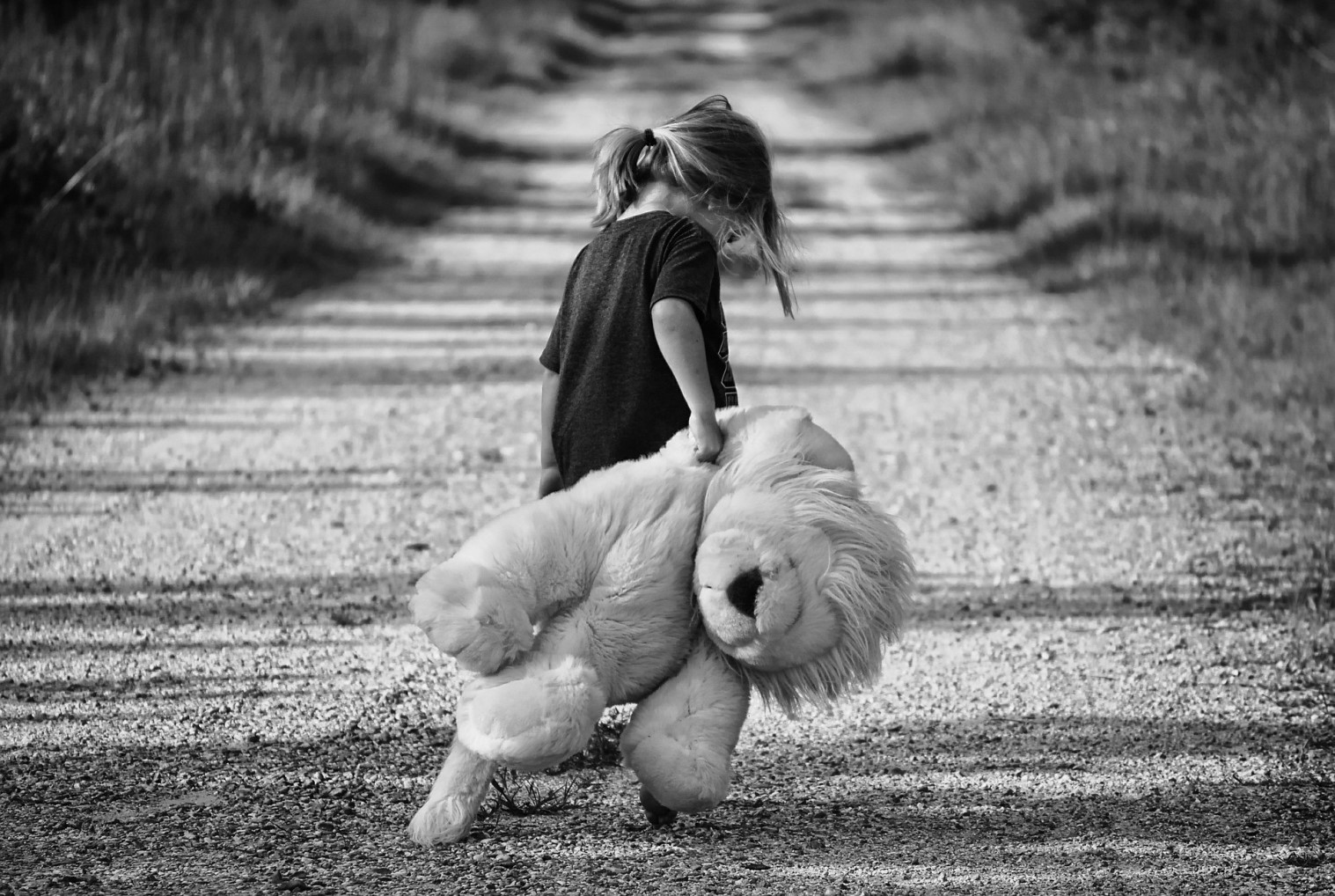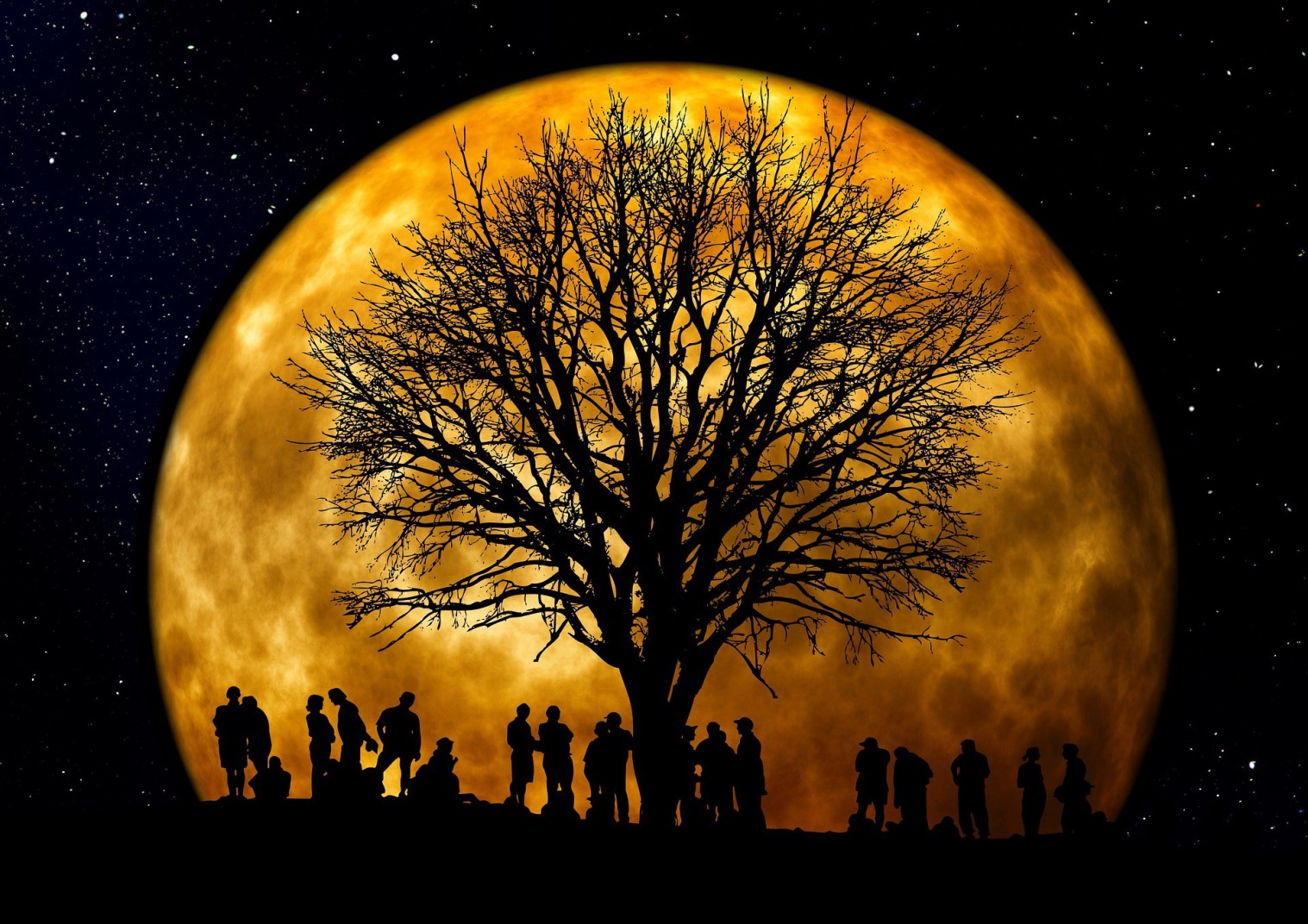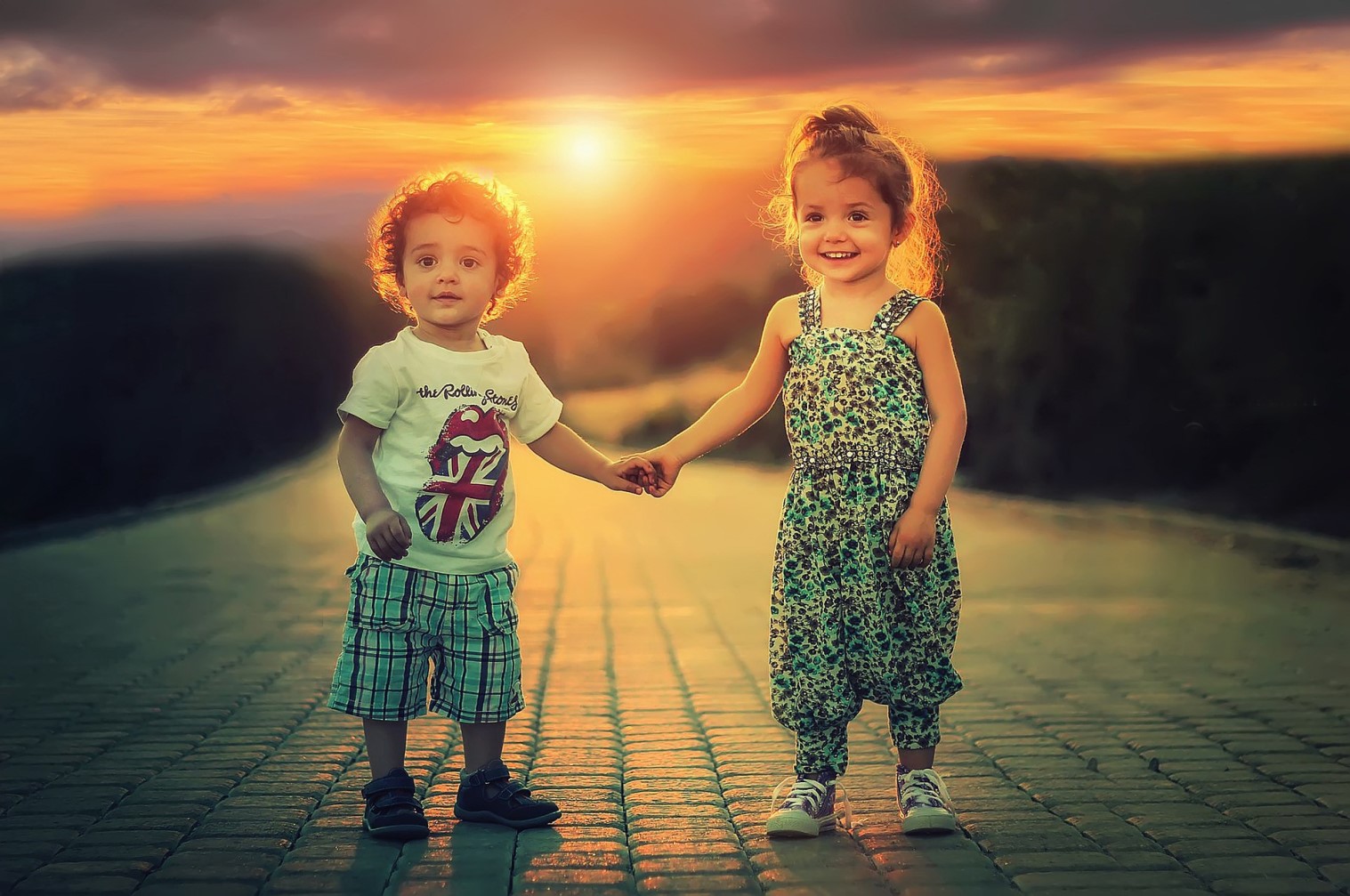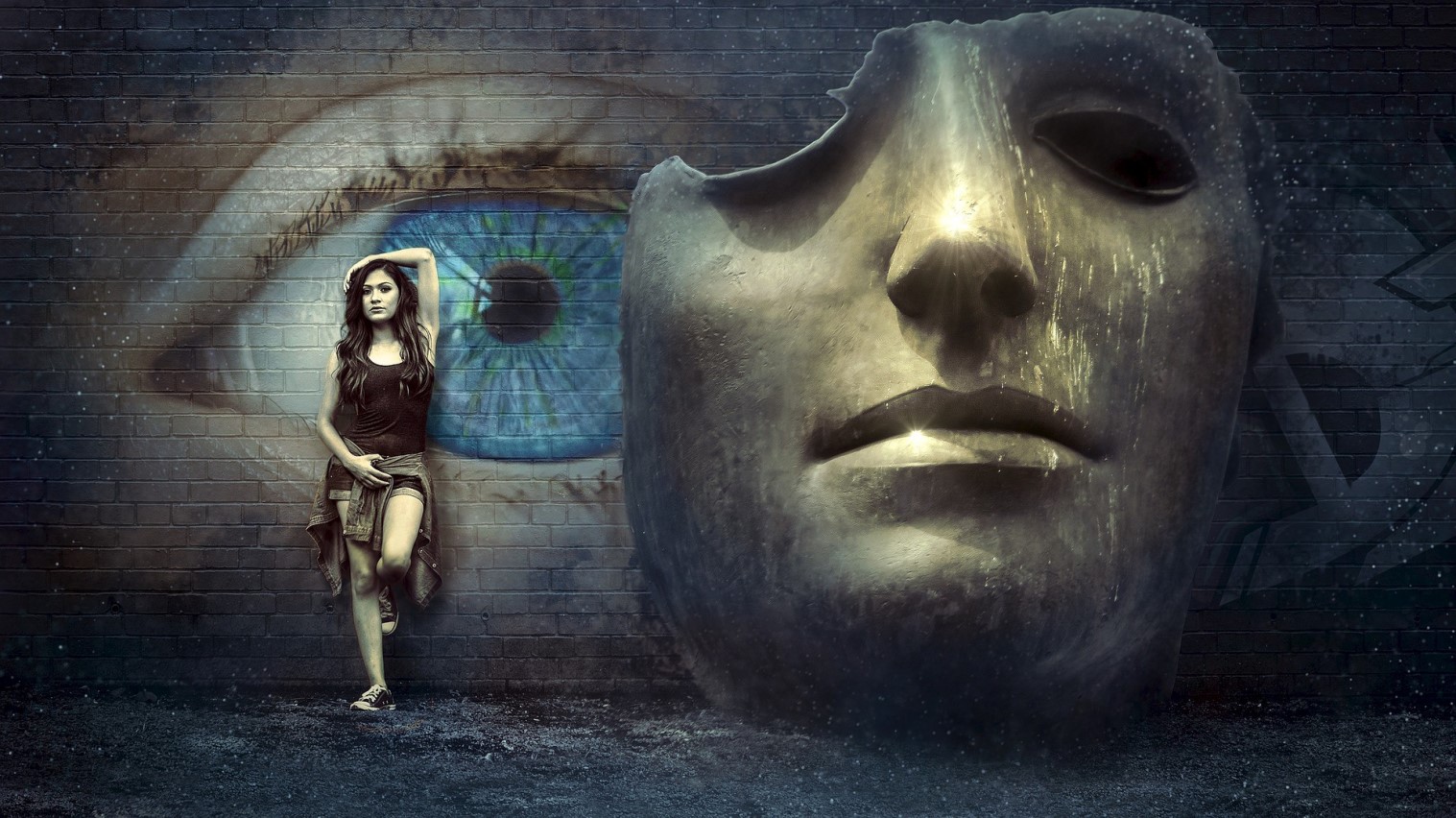Last updated on September 21st, 2023 at 02:45 pm
Families. They can be a problematic maze which we don’t know how to navigate through.
I’m part of a family that is stuck and fractured. The flatlands of black and white vision blinds us to what is below the surface, the depths. Yet, there is hope. We can learn to look more deeply.
When I was younger, I had no sense of normal nor how I would navigate out into the world. I had no knowledge of the tools I would need or what the path would look like. I didn’t know about mindfulness or self-inquiry. I hadn’t had any therapy. I didn’t know about attachment theory or understand why I felt so alone. I didn’t know my mother had Aspergers or my father’s past trauma caused his extreme volatility. I didn’t know that trauma was caused not just by the events I experienced, but also by the events I witnessed. I just knew growing up in my family was cripplingly painful, not only for me but for all 6 of us.
This particular piece has been inspired by both those I have worked with and people I have known or know and my own life. It is clear to me that many people get stuck along the way as they attempt to create more love and meaning in their lives.
One of the sticking points is the human tendency to connect with others but at the expense of someone else. This is called triangulation. Because conflict and vulnerability are both problematic for many people, it is often easier to connect with someone who we are not conflicted with at the expense of the one we are struggling with. Yet, we can learn to embrace those we struggle with and the parts of ourselves that get activated, rather than give up and walk away.
The Fight

This situation involves a divorced parent, Oliver and three adult children, a son, Tom, and two daughters, Darla and Rebecca. Tom had experienced severe trauma as a child and had not functioned well as a member of the family — no doubt in part due to his level of trauma and also to the family’s lack of knowledge and capacity to deal with the traumatizing events. Tom had not performed well in school. He wasn’t motivated. He struggled with both anxiety and depression. Tom’s parents had thrown up their hands. While they had wished to help them, they felt overwhelmed and saw Tom as a problem.
Tom’s father Oliver, and Tom recently had a disagreement which hurt both of their feelings. Tom felt extremely let down; it was just another disappointment added onto a historic pile. Tom snapped at Oliver and stormed away. Oliver felt attacked.
The situation snowballed as years of hurt and resentment blocked a resolution. Tom felt as if he had never received the help he needed. He felt unaccepted and pushed out.
Oliver was disappointed in Tom because his son was not who he wanted him to be. A hornet’s nest of hostility between the two parties erupted. Both were hurt and furious with each other. Tom stonewalled Oliver. Oliver was unable to apologize — not necessarily for his choice, but for the pain that choice caused Tom and for the past issues that had caused resentment to be there in the first place.
Tom needed to know he was loved and accepted by his family. He needed to know that rather than take the easy way out, his father would reach, stretch, find ways to help him when he needed help, even if it wasn’t in Oliver’s comfort zone.
It can take time for a situation like this to calm down and smooth out. Both parties could benefit from looking at themselves, and instead of pointing the finger, find out what their part was in the hurt the other person was experiencing.
Bridging versus separation

All families have issues — places within the context of our family, where we hold resentments or jealousies, places where we maintain a sense of not being loved, or where we feel a sense of betrayal. These places are emotional, and they are locked in by experiences and beliefs. These places often cause us to retreat into behaviors that are destructive rather than connecting.
This microcosm is reflected in the macrocosmic. These feelings of resentment hurt, and blame are at the root of relational disruptions and even divorce.
Bridging our differences means that we accept the validity of the other person’s existence. It means that we accept that the other person is different, has a different perspective, has had different experiences, and may have different desires. In order to bridge our differences, we have to stop judging and find our common ground. It also requires recognizing that despite our differences, we each need to feel seen, honored, and loved. It requires a deeper psychological understanding.
Yet these difficulties are an opportunity for you and your family to grow and evolve. Bridging them will enable happier humans and human relationships both within the context of your family and the larger world.
When we are upset, we tend to withdraw into our reality and not be open to the different experience of the other person. We get caught in separation — how we don’t see things the same way, how we feel unseen — instead of being able to stand in the knowing that we are connected and that there is a way to bridge our differences. We lose our sense of curiosity about who another is, and why they are making the choices they are making. We don’t say,
“I wonder what is going on underneath this behavior?”
Ultimately, these unenlightened aspects of ourselves need healing.
The Scapegoat and the Black Sheep

A scapegoat is a person (or group) who is singled out for blame, burdened with the sins of others and then driven away. In a family, the black sheep is one who is scapegoated. The family does not embrace the black sheep because he or she is identified as the bad or deviant one who causes the family problems. The family unites against the black sheep. If we are good or right and you are bad or wrong, then we have made you into an outcast. And as a result, the black sheep lives with a sense of exile and corresponding feelings of unworthiness, shame, pain, and anger.
Often the black sheep is so because that family member carries the symptoms of the family and acts them out.
It is a heroic act.
The family gets to feel okay and point the blame upon the one who acts out the family pathology. But the pathology is threaded through the entire family.
This dynamic is common in families where there are secrets, for the black sheep may be holding a family secret. For example, suppose a family member had sexually abused another family member. That abused child may keep the secret or may tell the secret, but the family may not believe him or her.
Being made an outcast also happens in families when one member needs extra care (for any of a variety of reasons) but the family is not able to provide that care. Instead, the family sees the one who is struggling as stressing, bothering, or even ruining the family or family image.
Regardless, the family is not proud of the black sheep, and so the black sheep carries the shame of not being good enough.
Further, the black sheep’s internal reality is not being validated. In a skewed system, what emerges is also skewed. The child fits in with the other members of the family in a way that does not support that child’s optimal development.
What does that do to that individual? They may end up being afraid to ask for what they need. They will often develop low self-esteem. They may not believe in themselves, nor believe that they are capable of success. They may develop an addiction or be caught in an unhealthy relationship.
Sometimes the black sheep tries to conform or take care of the rest of the family so that he or she does not rock the boat — in the hope of being embraced and accepted. Other times that person may decide to reject the family values and rebel.
Despite these difficulties, we are capable of change. We are capable of learning to play rather than fight. We are capable of finding our human hearts and loving those that are challenging to us.
- Pick a person who is difficult for you. What are the qualities of that person that you struggle with?
- How do you relate to these qualities — have you pushed them away in yourself? For example, if that person gets loud and angry, what do you do with your loud anger?
- Do these qualities have a useful side? Nothing is all good or all bad. For example, maybe this person expresses their anger in a non-productive way, but you don’t allow yourself to express your anger at all.
- How do these qualities protect this person? For example, perhaps this person uses anger so they feel as if they aren’t being victimized.
Compassionate Boundaries
The black sheep may cause embarrassment, damage or pain to others. The marginalized individual (or group) will be carrying enormous pain and rage, which may explode out onto other members of the family or society. This rage is coming from unresolved undigested family issues and experiences. Until those are unpacked and attended to, the black sheep may continue to express these underground messages with rage, addiction, or in another way and is unlikely to be fully integrated into the family. Rather than decide this person is ‘bad,’ you may have to overlook outbursts until some of the underlying rage has been addressed and healed.
Despite our best intentions, we often react rather than finding a sense of love, acceptance, or compassion. Perhaps the problems seem insurmountable? Having boundaries may be necessary. So, for example, if you are yelling at me, I will tell you that I will be happy to talk to you when you are more able to speak and are not screaming.
- How does this person react?
- How do you react?
- Is there a loving boundary you need to set? With the other person or with yourself? What is it?
We Need Support

Often trauma is involved in situations with black sheep. When someone moves into a traumatized state of mind — meaning that the body and psyche are responding as if the trauma is happening in the present moment, they cannot access their ground. They desperately need support, whether it is a hug, or kind words, or even someone helping them to focus on their breathing. They are not able to function in a self-supportive way.
Those who are carrying unresolved wounds also tend to react. They tend to blame. For example, in the case of Oliver and Tom, Oliver has wounds that cause him to see himself as a victim. When Tom ‘misbehaves,’ Oliver takes it personally. He sees Tom’s actions as being an attack on him. He doesn’t see Tom’s pain and struggle to be seen.
He doesn’t take the opportunity to wonder how these two puzzle pieces fit together. It is as if Tom is acting out of a void, rather than within a system.
When this kind of fracturing is present in a family, either party may decide they are right, and the other person is wrong. Life becomes compressed into good and evil.
Both family members in a conflict carry a responsibility — to find ways to heal the trauma, the wound, or the sense of separation, for without doing so, we wreak havoc on others. We have to be able to look at ourselves honestly. We have to examine our thoughts and feelings. Are we defensive? Do we have an agenda that is not in alignment with integrity, with the highest good for all involved?
What is stopping us from facing our pain and finding our humility so that we can be free to be curious, see, own our part and step forward to meet the other person?
We have to be able to say, what I said, many years ago, when I was caught in a destructive relationship. “Something is wrong with me. I am broken. I am going to fix myself.” Saying that changed my life. Although the family dynamics I grew up in caused my brokenness, I decided to address the impact those dynamics had on me — because I had the power to do so. Nobody was going to do it for me.
My focus shifted dramatically from trying to get the outer world to conform to my wishes (needless to say, this did not happen overnight, but in steps and stages), to trying to change my relationship with myself. I wanted to be able to make healthy choices, to stand on my own two feet and relate to others in healthier ways. My life became about both psychological and emotional repair. Over time, as I became different, my relationships changed for the better. I became happier and more fulfilled.
- Are you curious about yourself, about this other person?
- What kind of support can you offer the person with whom you are struggling?
- What type of help can you offer yourself?
Inclusion Not Exclusion

Years ago, an event occurred that left an indelible impression on me. I had been in advanced training in Relational Gestalt as a psychotherapist. We were in a process group.
One of the women in the group had recently immigrated from China. She had experienced significant trauma and was very reactive and needy. She felt like a lot of work to me, and I think to the rest of the group as well. She needed everything explained. She needed to know we liked her. She had minimal therapeutic skills. Everything seemed to upset her. I could not see her as an effective therapist because she was not even capable of supporting herself.
My immediate impulse was to get rid of her. I wanted her out of our group. I didn’t want to deal with her.
But our group leader had a different idea. He happened to be gay, which meant he had had a lot of experience being marginalized and he wasn’t going to marginalize this woman. Instead, he helped us contain her, hold her, reassure her, and support her. In this way, she could ‘grow up’ and become a fully functioning member of the group. With support, we can develop our potential. With support, we are more easily able to find our value and manifest our potential.
It was an invaluable lesson. Don’t throw anybody away but give them support and help them get up to speed and integrate into the group. We didn’t need to kick her out. We needed to accept her, support her, and help her grow.
That experience and lesson changed me forever. I saw my short-sightedness. I saw where I was impatient and judgmental. I saw where I could grow and become a bigger human.
I had to look at myself. I had to be able to see my faults. I allowed myself to feel guilt and shame at my lesser motivations. I gained a valuable perspective and skill that I have used many times since. You might feel justified in pushing another away, but by doing so, you are not helping the two of you repair the broken connection.
- How do you treat the person who is difficult for you?
- What is your part in the situation?
- What feelings come up when you imagine admitting that you are wrong or made a mistake?
Family Dynamics
So, in this story of Tom and Oliver, the other children, Darla and Rebecca believe that their father is an innocent victim who the black sheep has mistreated. They have been raised to be protectors of their father’s feelings. They have been sensitized to his feelings of being wronged. And they don’t have the psychological savvy to see through this. They are limited in their perceptions.
They are part of a formation that protects one member of the family at the expense of another. The rest of the family sees itself as functional (and they often are) as well as innocent of any contribution to the black sheep’s issues. This perception is a family myth and shows a skewed family belief system. The black sheep doesn’t get genuinely integrated into the family because the family does not understand family dynamics. They are blind and unconscious of what is occurring.
But it doesn’t have to be this way. We can explore our family dynamics.
- Does the black sheep make you feel as if you are okay, and he or she is not? How?
- What had stopped the full embrace and inclusion of this person by the family?
- What has the family put on this person?
- What is the black sheep dynamic asking you to look at in yourself or in your family structure?
Building A Bridge

Sometimes we have to be there for somebody even when they are furious with us, even when they are not talking to us or blaming us. Sometimes we have to look more deeply at what our role in the mess may be. The emotional outburst isn’t emerging from a void. Sometimes our part may be as simple as agreeing to something we should not have agreed to. Sometimes we have behaved in hurtful ways.
If you cannot put yourself in another’s shoes, you cannot understand what they may be feeling. Learn to imagine yourself in the other’s shoes. See what it feels like. You won’t lose your perspective. You will only gain more information.
- What is your role in this situation?
- What does it feel like when you imagine being them and holding their perspective?
- What attitude can you hold that allows you to be there for someone even if they are mad at you? For example, I know that this person is angry, but deep down they need support and for me to show up differently for them.
Introspection

Sometimes we have to recognize the limitations of another and stop fighting what they are not capable of. We may have to accept them for who they are. Acceptance doesn’t mean we don’t tell them if they have crossed a boundary, but it does mean we do our best to communicate both our truth as well as listen to theirs.
Can you look deeply at yourself and your part? Can you tolerate your feelings of guilt and shame? Can you say, “Hey, maybe I messed up here, and this is partly my fault.”
This action of honest and vulnerable communication creates healing. Imagine if Oliver had said to Tom, “I love you. I’m sorry for how I failed you. But I don’t fully understand what I should have or can do differently. Can you tell me so I can be there for you in a better way?”
Life has helped me by knocking me down many times. Each time, I looked for a different place to stand, a new way to see. It wasn’t effortless. Having our hearts broken isn’t easy, nor is finding a backbone that isn’t there. I had to overcome crippling fear and create strength and faith where there had been none. I had to learn to be open and vulnerable with others. I had to learn to relate differently. But what else am I here for, if not to make my life the best it can be?
This is my one precious life, and I don’t intend to waste it. I mean to squeeze every drop of learning and growth I can get out of it. I hope you do too.
Originally published in Invisible Illness on September 15th 2019 https://medium.com/invisible-illness/the-black-sheep-how-you-can-help-8b2204955b2b
© 2019 - 2024 WeConcile
